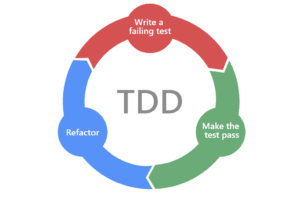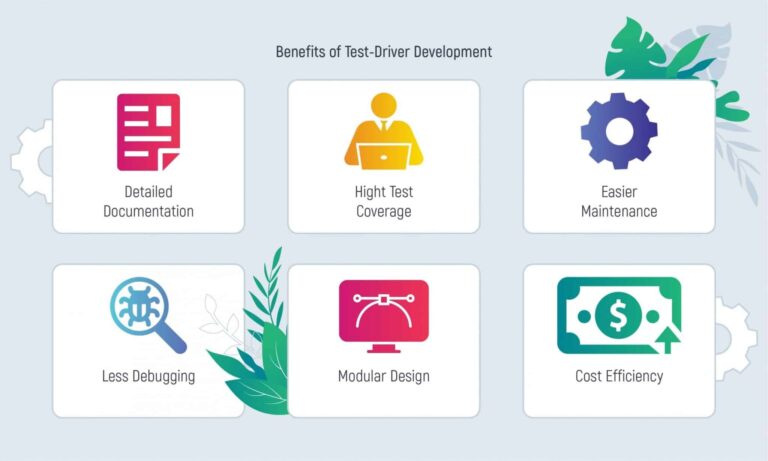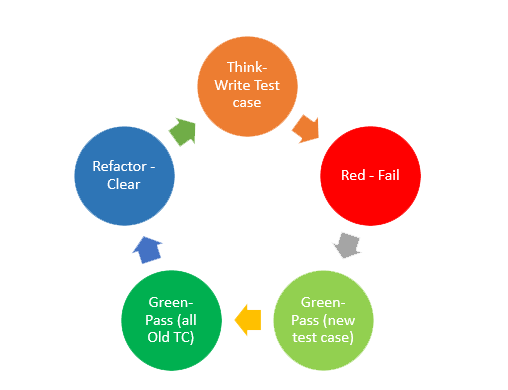
Test-Driven Development (TDD)
Writing tests before coding is a key component of the Test-Driven Development (TDD) software development technique. By using this method, developers may create stable, maintainable code that meets criteria. In this blog article, we’ll go over the principles, benefits, and challenges of TDD as well as the crucial steps involved in putting it into effect.
Test-Driven Development is an easy, iterative method that involves writing a failing test, writing the smallest amount of code to pass the test, and then reworking the code for better design and maintainability. This cycle repeats again with each new request or change.


TDD has several advantages, including:
Better code quality: Programmers may ensure that the code meets the necessary functionality and reduce the possibility of errors or issues by developing tests early on.
Increased developer confidence: Since tests act as safety nets, developers may make changes or add new features without fear of affecting functionality that currently exists.
TDD encourages programmers to write modular, loosely coupled code that follows good design guidelines. Better code design is the result of this.
Faster feedback loop: Early problem detection that stems from TDD makes debugging and problem-solving more efficient.
Easier code maintenance: Because tests serve as a safety net, developers may revise their code with confidence, leading to cleaner, more manageable codebases.
TDD offers a lot of benefits, but it also has a lot of disadvantages.
Initial time investment: developing tests before developing code requires more time in the beginning. Nevertheless, this investment pays for itself over time because it reduces the amount of maintenance and debugging effort.
Test maintainability: As the software grows, it may become more challenging to maintain an extensive suite of tests. Maintaining the efficacy and manageability of the suite requires refactoring tests and correctly arranging the suite.
Changing requirements: When demands change often, it might be time-consuming to maintain a large number of tests. In many cases, striking a balance between flexibility and test coverage is crucial.


In order to apply TDD correctly, do the following:
Acknowledge the prerequisites: It’s critical to outline the necessary functionality or changes prior to writing any code.
Construct an ineffective test: Create a test scenario where the feature it is verifying isn’t in place, so it first fails.
Write as little code as possible: Run the code required to guarantee the passability of the test. Now is not the moment to add new features.
Carry out the test: Ascertain the exam’s success. If not, modify the code again until the test is successful.
Refactor the code: Examine and modify the code to enhance its performance, maintainability, and design once the test passes.
Repetition: Repeat this cycle for any additional changes or requirements.
Use the powerful technique of Test-Driven Development to write robust, well-written code. By giving the creation of tests top priority, developers may increase the trust that users have in the codebase and ensure that their code meets all requirements. Although TDD requires an initial time and effort investment, its long-term benefits in terms of code quality, maintainability, and efficiency make it a desirable technique for software development. Take advantage of the benefits of confident software development by giving TDD a try!

